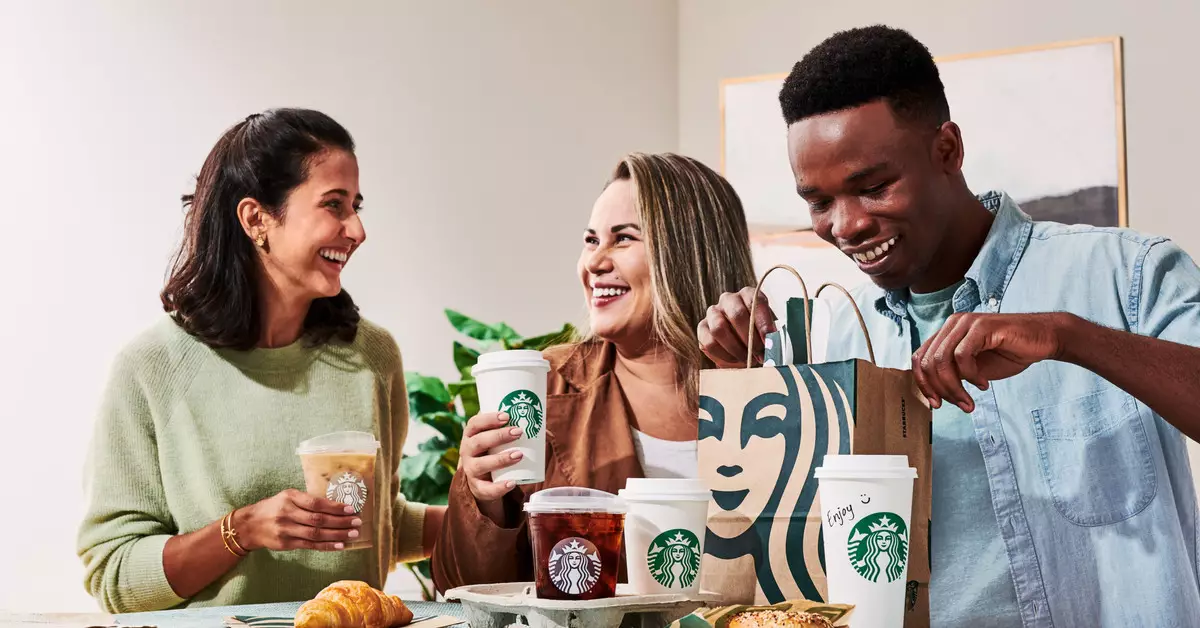Starbucks has embraced the modern consumer’s desire for convenience, integrating delivery options directly into its app starting today. This partnership with DoorDash allows customers to order coffee and snacks with just a few taps on their phones. While this might sound like a fantastic development for those who prioritize ease and speed, the financial implications merit deeper examination.
Previously, Starbucks’ mobile app only facilitated in-store or drive-through pickups. Now, with the newly introduced delivery feature, users can toggle effortlessly between picking up their orders and opting for delivery. The interface mimics that of DoorDash, streamlining the ordering process for users familiar with the latter app. However, this seemingly simple upgrade raises significant questions about the broader impact on customer experience and expectations.
While the convenience of receiving your favorite beverages at home is appealing, the costs associated with this newfound service can be daunting. A standard order, such as a 12-ounce peppermint mocha, might seem modestly priced initially, but once you factor in the service fees from DoorDash, the bill can quickly escalate into eye-watering territory. Charges include a delivery fee and potentially a small order fee if the subtotal falls below a certain amount, with additional service charges compounding the expense.
For example, in some locations, a simple drink that costs around $6.55 could needlessly balloon to nearly $20 after the cumulative fees are added. This stark reality poses a dilemma for consumers: is the convenience worth such a hefty price tag?
Starbucks’ decision to implement this app-driven delivery system appears geared toward busy professionals or individuals in urban settings, who may not have the time to visit a store. This service can be particularly useful for office groups, providing a collective ordering option when time is lacking. However, for the average consumer wishing to have a single drink delivered, the expense can be hard to justify. When considering that a well-stocked home pantry can accommodate coffee needs, many may find themselves rethinking their delivery choices.
Regional variations in delivery fees only add to the confusion. In Seattle, for instance, consumers may face high surcharges, reflecting the area’s cost of living and the extra fees that DoorDash passes on to customers to support driver wages. This tiered pricing structure will likely be perceived differently depending on the consumer’s local context, but overall, it places significant pressure on those looking for a simple caffeine fix.
Starbucks’ integration of delivery within its app reflects a broader trend in consumer behavior, favoring immediate access and convenience. However, such a service should come with a warning about the associated financial burden. While it may provide ease for some, the reality of its costs prompts a critical examination of how much consumers are willing to pay for convenience. For many, such high costs could lead them to reconsider their delivery options and instead reach for the coffee pot at home.


Leave a Reply